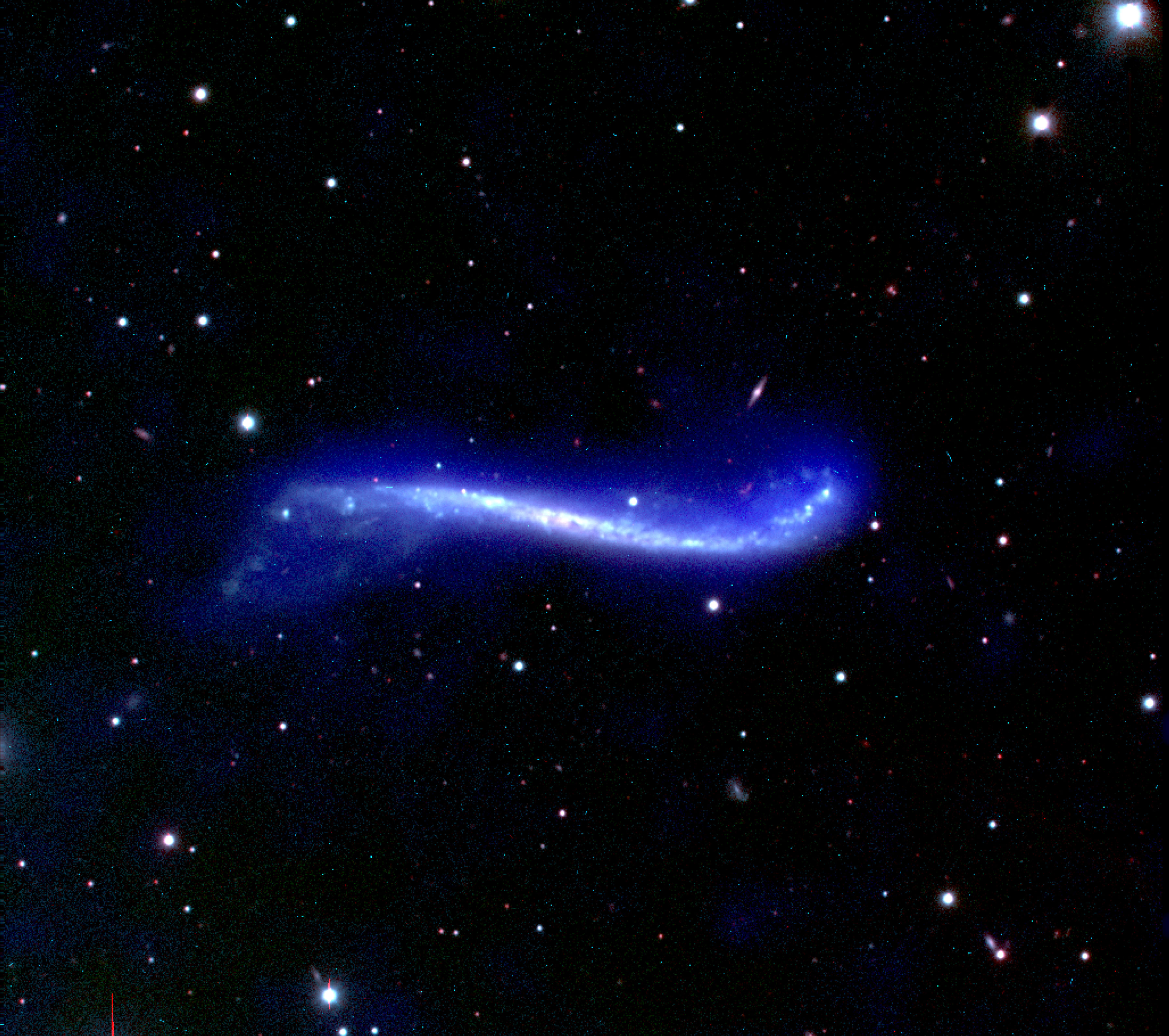Galactic Hydrogen Measurements with a Software-Defined Radio (SDR) Receiver

Question:
Hello,
I have a NooElec SDR receiver and up converter that, together, are capable of receiving 0 Hz to 2.33 Ghz. Looking at the frequency 1.42046 Ghz, i see a distinctive signal that has a strength of -83db. I have learned that 1.42 Ghz is known as the Hydrogen Line because it is associated with the Hydrogen atom.
Now, looking at other frequencies in that part of the spectrum, I see that there is a signal at 1.236Ghz. I calculated the frequencies that should be coming from the 40 lowest frequencies (in terms of Hz.) in the Hydrogen spectrum, and 1.236 Ghz is not one of them. Do you know what natural element or molecule might emit at that frequency? I see that 1.2 Ghz is one of the several frequencies reserved for radio astronomy, so that raises the question of whether there is a list of the elements or molecules that are associated with those emissions and receivable with a typical SDR receiver.
Thank you,
Keith
Answer:
It was not clear to me from the description of your SDR setup whether you are using a dish or horn antenna or not. My colleague Brian Kent pointed me to a number of SDR-based hydrogen line detection setups, and all of these use a parabolic dish or horn antenna as a collector for the 21cm line signal. As for the signals that you are detecting that are near, but not exactly at, the hydrogen line frequency of 1420 MHz, I believe that those are quite probably due to radio frequency interference (RFI) emitted by a variety of electronic devices. I am not aware of any atoms or molecules that would emit electromagnetic radiation strong enough at those other frequencies to be detectable by an SDR-based system.





